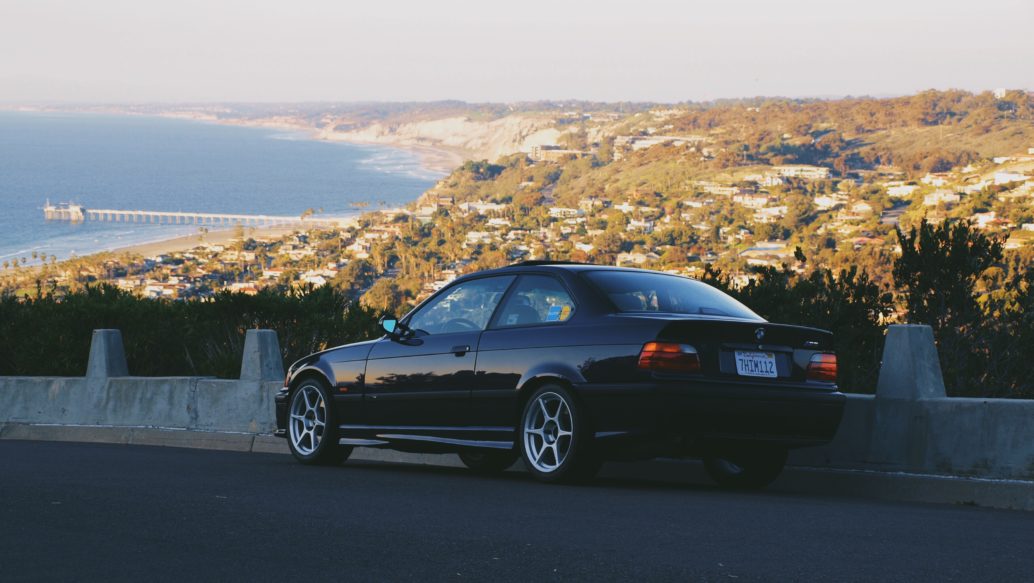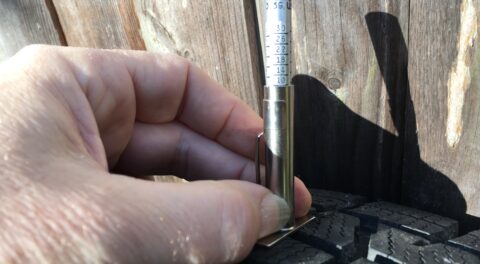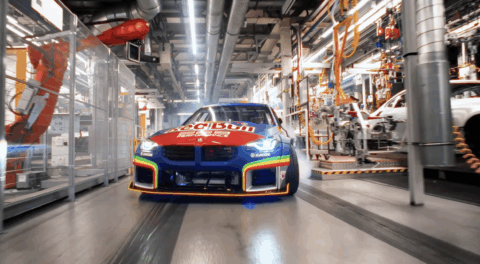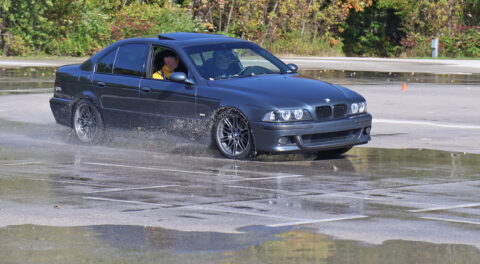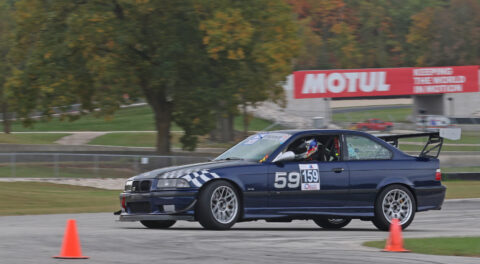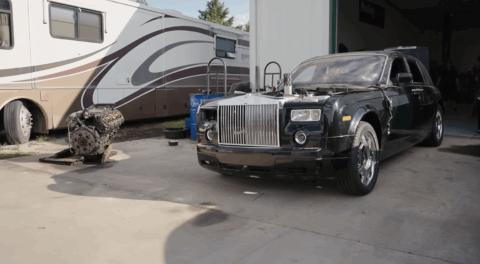You’ve heard this one before: The U.S. E36 M3 is great, but it’s too bad they didn’t give it a real M engine. The driving experience, exceptional balance, and captivating looks are all there, but the individual throttle bodies, redline above 7,000 rpm, and double VANOS infinitely variable valve timing aren’t, and because of that, the U.S. got a raw deal with some sort of M3 lite.
Of course, that side of the argument leaves out a couple of important facts. Some of the highlights include BMW NA initially wanting to avoid another generation of the M3 after the slow-selling E30, and the subsequent letter-writing campaign led by the late Bob Roember, which eventually resulted in a version of the model coming here. That version ultimately used two engines based on conventional BMW straight-sixes, but with design modifications carried out by BMW M. Everything else—with the exception of the projector headlights and floating brake rotors available elsewhere—is identical to the M3 sold globally. These changes allowed BMW NA to sell the E36 M3 at a far more attractive price, and the successful outcome paved the way for the next generation of M cars, which effectively blew everyone’s mind.
This whole story, plus a number of other fascinating details and facts we won’t spoil for you, are recounted by Jason Cammisa in his latest episode of Revelations for BMW CCA sponsor Hagerty. Cammisa doesn’t stop with the story of how the U.S. E36 M3 came to be, and the cost-saving measures that allowed it to become the most popular M car of its time, however. The automotive journalist and BMW aficionado explains why, after more than 25 years since their introduction, the E36 M3s powered by the S50B30US and S52B32 are actually the ones to have.
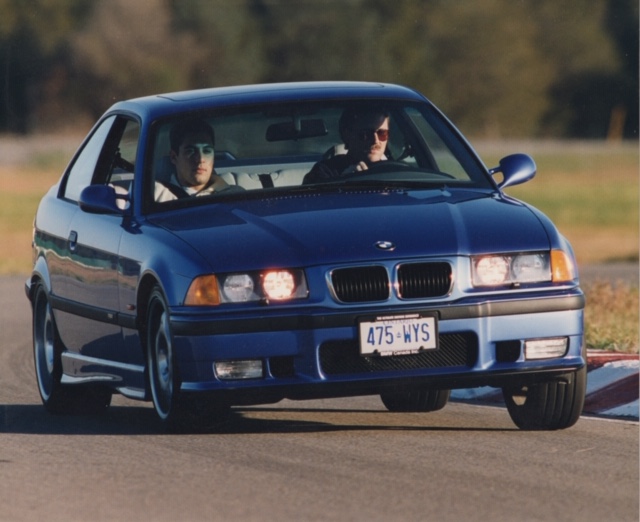
Tom Plucinsky demonstrates the capabilities of the Canadian-market E36 M3, a story Jason Cammisa also explains in the video.
If you’ve had the pleasure of owning a U.S.-spec E36 M3, and have taken the time to either read the period comparisons and reviews, or perform the comparison firsthand, you’ll know that there’s actually very little in the way of performance capability between the American M3 and its European counterpart. Even though the the S50B30 made more than 280 horsepower, and the S50B32 successor made 321 (breaking the 100 horsepower per liter barrier), the earlier torque peak of the engines used for the American models, specifically the S50B32 with 240 pound-feet, makes up much of the difference on a backroad.
Of course, the E36 3 Series was designed during a time of transition for BMW, when the company first began to fully embrace sustainability on a broad scale. As such, the E36 3 Series had to be 80% recyclable, which resulted in more than 350 pounds of plastic being used in its construction, which accounts for 11.6% of its weight, according to Cammisa. Plastic was used heavily in two key places in the E36: the interior, and the engine cooling system. Three decades on, both of these decisions have come back to haunt the generation, with regular cooling system replacements on the maintenance agenda for any owner, and an interior that eventually crumbles around you despite your best efforts at preservation.
Both of these shortcomings also afflict the E36 M3, to the point where glovebox sag has effectively become an ongoing meme within the community. Nevertheless, the E36 M3 is an integral part of the history of the M brand, and is one of the best driving and handling cars of all time, from any brand.
We can hear the objections now, but you don’t need to drive a European-spec E36 M3 to realize how good the U.S. model is. Instead, get behind the wheel of either of the succeeding generations—the E46 or E92, both of which came with full M engines with individual throttle bodies and high redlines—and you’ll see just how important that low-end torque and near-perfect balance really are.—Alex Tock
[Photo courtesy Alex Tock, BMW AG. Video courtesy Hagerty on YouTube.]

